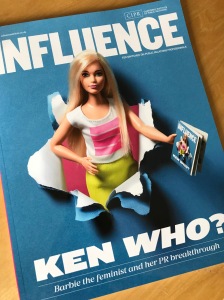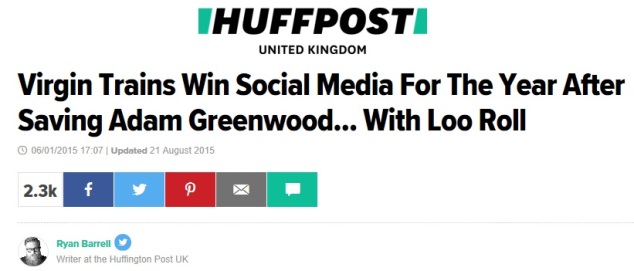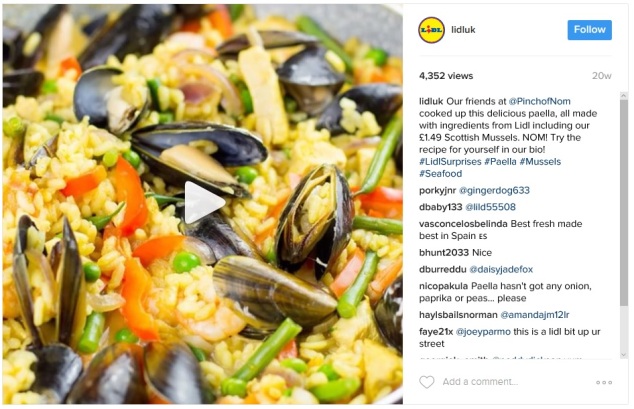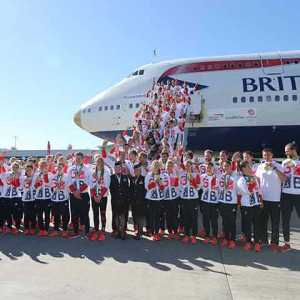This time last week, I was sitting down for the first session of the Women in Communications Conference 2019. The agenda looked promising, with senior comms directors and strategists lined-up to speak about the role of women in the communications sector and the skills needed for success.
Without a doubt, it was one of the best conferences I have attended. I left feeling truly inspired and wanting to continue the debate with friends, family and colleagues.
There are so many things I will take away from this day – and many pieces of advice that I have already taken to heart and acted upon – but here are my top 10:
1. “Diversity and inclusion are good for people and good for business”
– Chartered Institute of Personnel & Development
Research has shown time and time again that organisations with diverse workforces are more profitable and more effective. For example, a recent study by the Boston Consulting Group found that diverse companies produce 19% more revenue.
2. “You cannot be what you cannot see”
– Abbie Sampson , Director of External Affairs, Energy UK
Having visible female leaders in aspirational positions is hugely important if we want to inspire the next generation. Sometimes it is easier to imagine a path if we see someone else paving a similar way.
3. “Don’t be put off by different leadership styles”
– Poli Stuart-Lacey, Director of Communications, HMRC
Work on, develop and stick to a style that reflects you. Don’t try to imitate someone else, it’s impossible and exhausting. Authentic leaders make the best leaders.
4. “To position yourself as a leader, bring your cynics in”
– Sally Otter, Head of Internal Communications, Oxfam
This one is easy to say and very, very hard to do. But, if you can find out why a colleague feels more like a nemesis or what it is about your work that they just don’t rate, you could turn things around and they might become your best advocate. I particularly love the idea of ‘disagreeing productively’. There is power in being brave and in being curious.
5. “It is easier to be courageous if you really care about what you’re doing”
– Emma Reynolds, Head of Communications, National Crime Agency
Do you have an emotionally compelling story about why your work/project is important? Is it something you, personally, believe in? If you do, you’re much more likely to take risks and push hard to get the outcome you want.
6. “Don’t step away from the challenges”
– Poli Stuart-Lacey, Director of Communications, HMRC
When things get challenging, that’s good. Being pushed out of your comfort zone is when you are most likely to see the greatest change and development.
7. “Comms people are very keen to go into the detail. Sometimes we need to take a step back”
– Sarah Pinch, Managing Director, Pinch Point Communications
Invest time in understanding what motivates your senior leaders. Which are the targets they are really focused on? What cannot be ‘dropped’ in their mind? Take a step away from the detail of your project and try to see how your work impacts the organisation at large.
8. “No-one cares about your development like you do”
– Sneha Patel, Senior Advisor for External and International Affairs, Mayor of London’s office
The thought of adding yet another thing to your to-do list might feel impossible but it’s true that no-one is going to develop your career for you. Make time to work out what it is that matters to you and how you’re going to achieve it. Get a mentor, a coach and/or a sponsor (you can have more than one), but be clear about what you need and whether they are the right person to give it to you.
9. “Work is what we do – not where we are”
– Ebony Gayle, Independent Consultant & Founder, Ebony Gayle Communications
There was lots of discussion around the pros and cons of flexible working but, for me, it all boils down to this: You should be judged and recognised for your outputs, not where (or even when) you get your work done.
10. The gender pay gap in the western world is not estimated to close until 2078!
– World Economic Forum
Probably the most shocking thing I learnt so a good one to finish on. We have to keep pushing for gender equality and being inspiring leaders ourselves seems like a great place to start.
What do you think about the advice and information shared above? As always, if you have anything to add or you’d like to continue the conversation, please use the comments.































